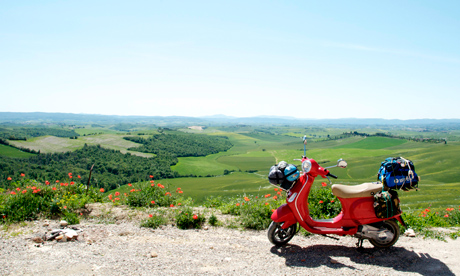
With a ruby-red Vespa to guide her through the countryside, Daisy Cropper discovers the oldest, most picturesque and tastiest towns in Tuscany
Take a trip to Tuscany, in central Italy, and you’ll be astonished by the natural beauty of the region: rolling hills, luscious valleys and fields packed with poppies and giant sunflowers. Scattered across the landscape are many towns, perched high on the hills, home to hearty foods, medieval history and awe-inspiring works of art.
Some of these towns are centuries old, others are real tourist traps – here’s the pick of the bunch.
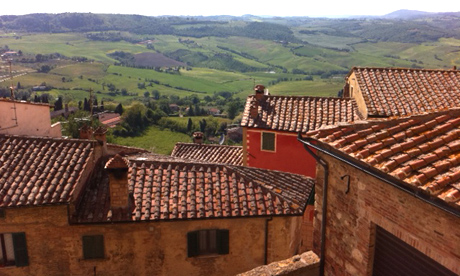 1. Montepulciano
1. MontepulcianoIf you only have time to sample one Tuscan town, Montepulciano should be it. Surrounded by medieval fortifications, completely vehicle free and straddling a 665m hill, Montepulciano is the perfect representation of Tuscany. Visitors could spend a week strolling the cobbled lanes, tucking into Tuscan food, admiring the surrounding views and still keep discovering new sights.
Stop by for breakfast on the main Piazza Grande (the town's highest point) – custard-filled croissants and black coffees will set you up nicely for the day. If the weather is gloomy, drop by the Museum of Torture (on the Piazza Grande) for an insight into the town’s darker history. On brighter days, visitors should climb the Palazzo Comunale (open in summer; €1.60) for stunning panoramic views over the patchwork-fields and gentle hills.
Camere Bellavista offers travellers cosy rooms with cracking vistas from the windows. Splash out on a room with a shared terrace to soak up the region's best views.
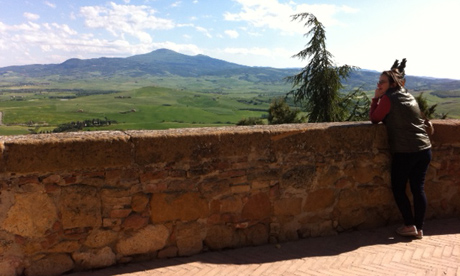 2. Pienza
2. PienzaOnly 13km east (or a quick scoot) from Montepulciano, lies Pienza. A UNESCO World Heritage site since 1996, the town is home to both spectacular Italian architecture and typical Tuscan homes. Pienza is centered around the Piazza Pio II, also home to the town's cathedral, which dates back to 1459.
Take a stroll around the town’s walls and gaze at Mount Amiata in the distance. Head east and you'll discover a series of lanes leading you back to the centre. The sweetest thing is their names: track down Via dell'Amore (street of love) and Via del Bacio (street of the kiss) to warm your hearts...
Thin, crooked streets are home to tiny shops, cafes and restaurants. Take the time to explore and discover them for yourself. One local speciality to search out is pecorino sheep's cheese – with a buttery yet nutty flavour, it's perfect for grating over steaming pasta dishes.
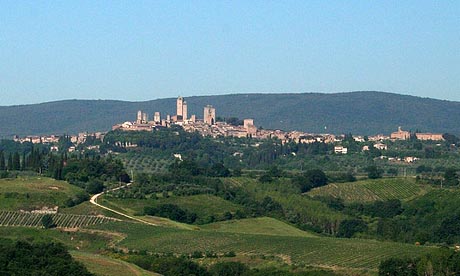 3. San Gimignano
3. San GimignanoKnown to some, after a few glasses of the local wine, as San Jim-Jam, this Tuscan town is one of the more popular with tourists. From May onwards the streets are packed with visitors from around the world looking to soak up the town's 'quaint' charm. Escape the hordes and walk the town's entire circumference around the protective walls, taking you through quiet woods and past locals' homes, showcasing the quieter side to San Gimignano.
Once the day-trippers have dispersed, explore the town's centre and world-famous towers. There are 14 dotted around – originally 72 stood tall symbolising the town's medieval wealth. Climb the Torres Grossa – the highest at 54m – for spectacular panoramas.
To taste Tuscan food at its finest head for La Vecchie Muva – sweet bruchettas, thick worm-like spaghetti and creamy deserts will stock you up. In the summer, the restaurant's terrace provides a viewpoint over the area's vineyards, farms and hills. For cooler evenings try the Hotel Bel Soggiorno offering equally impressive views through huge windows to the countryside beyond.
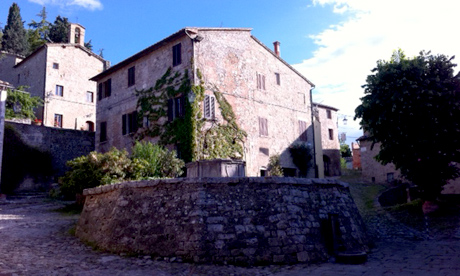 4. Rocca d’Orcia
4. Rocca d’OrciaThis town’s so tiny, blink on your approach and you’ll miss it. Poised on a steep hill-top alongside a more modern settlement it’s easy to scoot past. Although the 13th century fortress gives it away a bit. If you can take the steep ascent, climb to the town's highest point next to the fort for breathtaking views over the entire Val d'Orcia – a UNESCO World Cultural Landscape since 2004.
Rocca D’Orcia played an important part in the relentless conflicts between rival cities Florence and Siena centuries ago. Today it is home to welcoming locals, a few visiting tourists and a maze of narrow, cobbled, steep streets.
Drop by La Cisterna nel Borgo for lunch – hearty Italian cooking rustled up by chef Fede will leave you full-to-the-brim for hours. Relax on their sun-trap terrace with a glass of the local red wine or kick-start your afternoon with their rich coffees. Want to stay longer? They also have beautifully decorated rooms for lodgers.
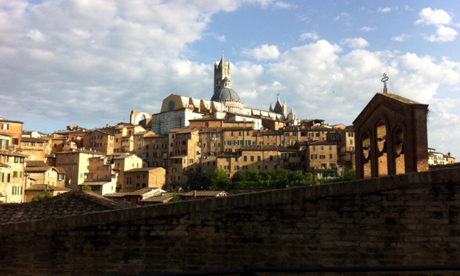 5. Siena
5. SienaTechnically Siena's not a town but actually a Tuscan city. Its rugged terrain (Siena is settled over two hills) leaves the visitor with constant surprises – one minute you’re lost in a warren of narrow backstreets, the next you’re high on a hill-top gazing over a staggered cityscape of red-roofed houses and grand, centuries-old buildings. With endless museums and galleries, a striking zebra-striped cathedral, hundreds of tempting restaurants and beautiful surrounding countryside, there is a wealth of activities to keep visitors busy.
 Want to discover more? Pick up a copy of the new issue of Wanderlust magazine (December 2012/January 2013 – out 15 November) for a Short Break guide to Siena. Discover its history and secrets, plus where to eat, sleep and what not to miss on your trip.
Want to discover more? Pick up a copy of the new issue of Wanderlust magazine (December 2012/January 2013 – out 15 November) for a Short Break guide to Siena. Discover its history and secrets, plus where to eat, sleep and what not to miss on your trip.